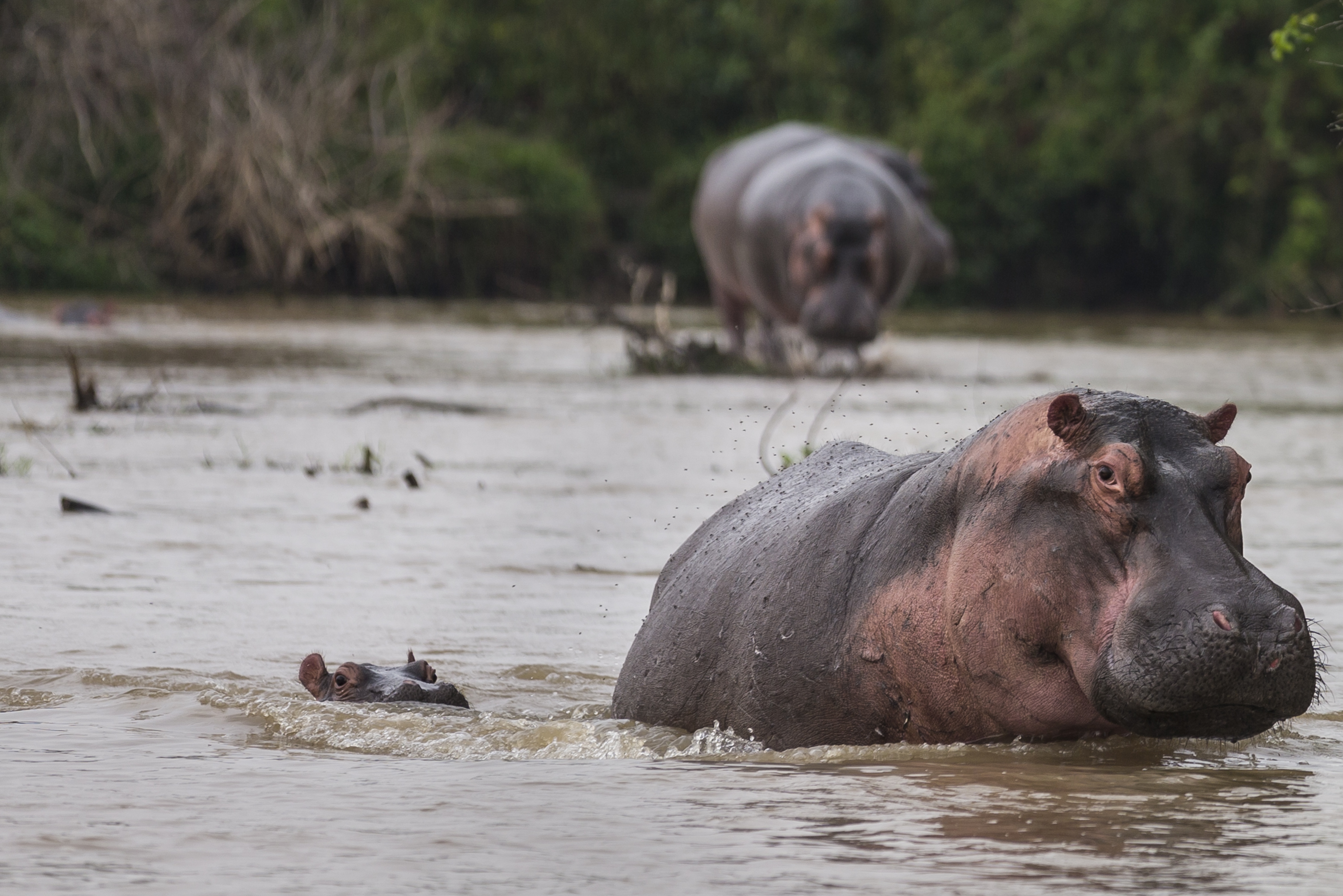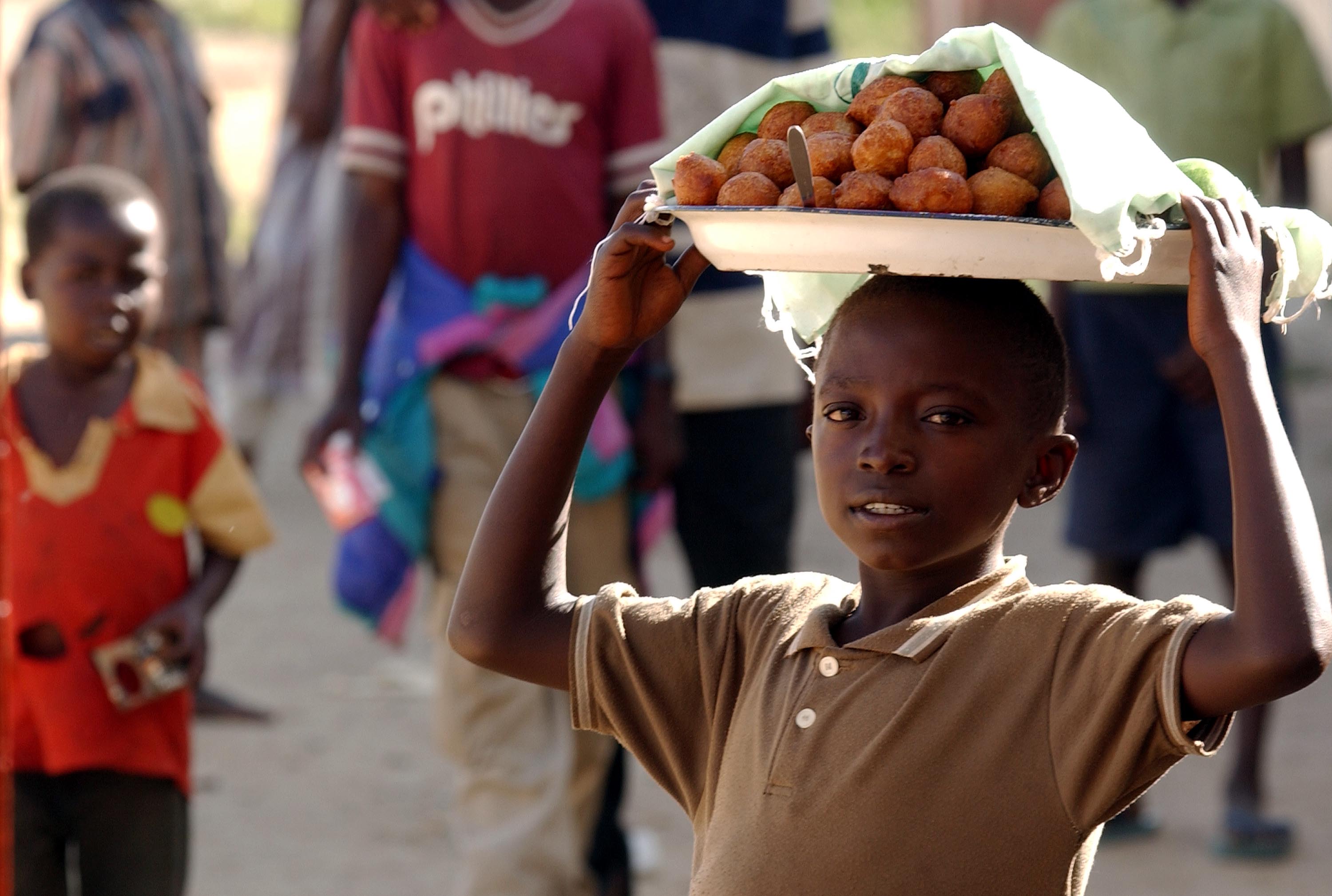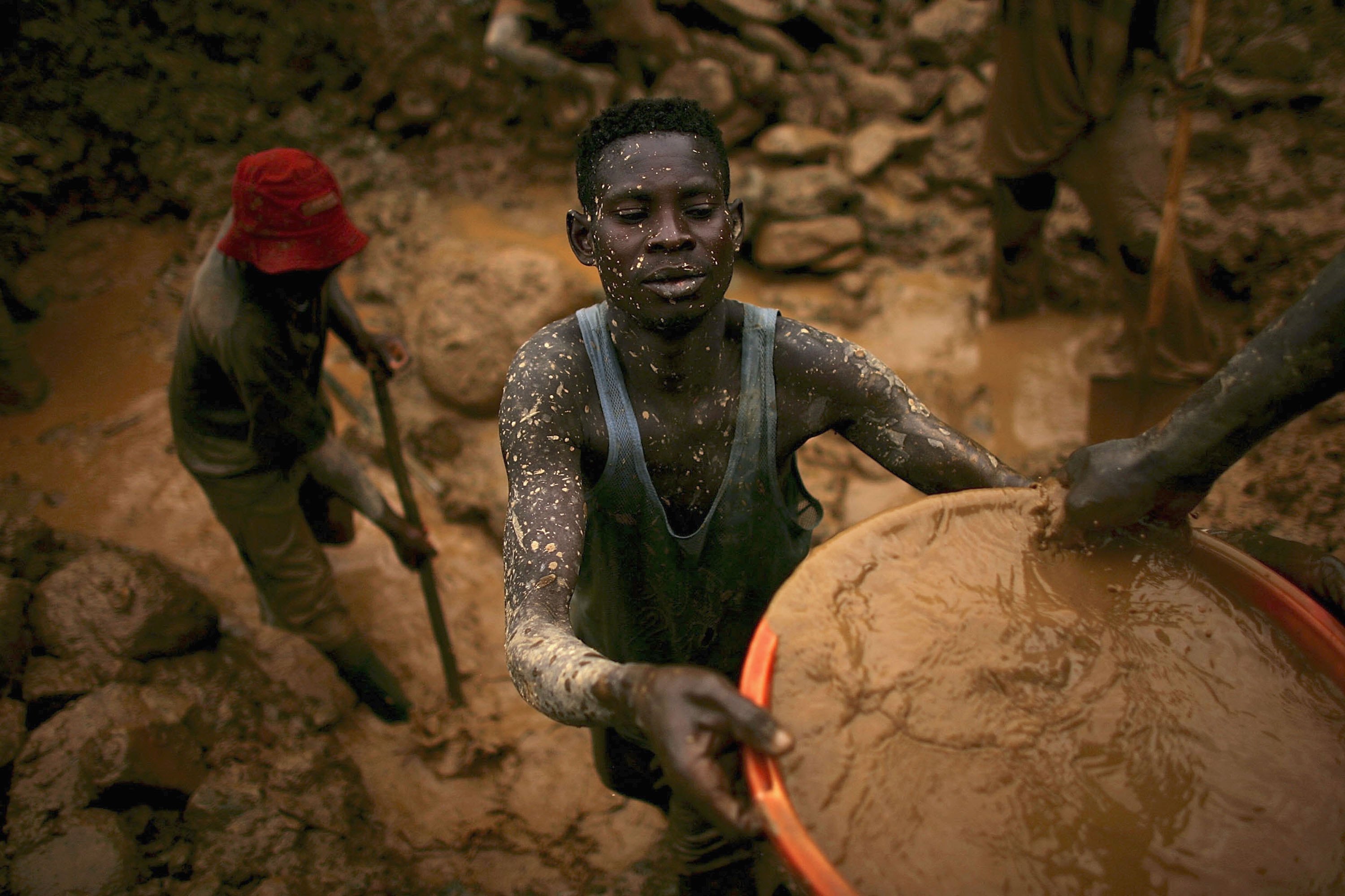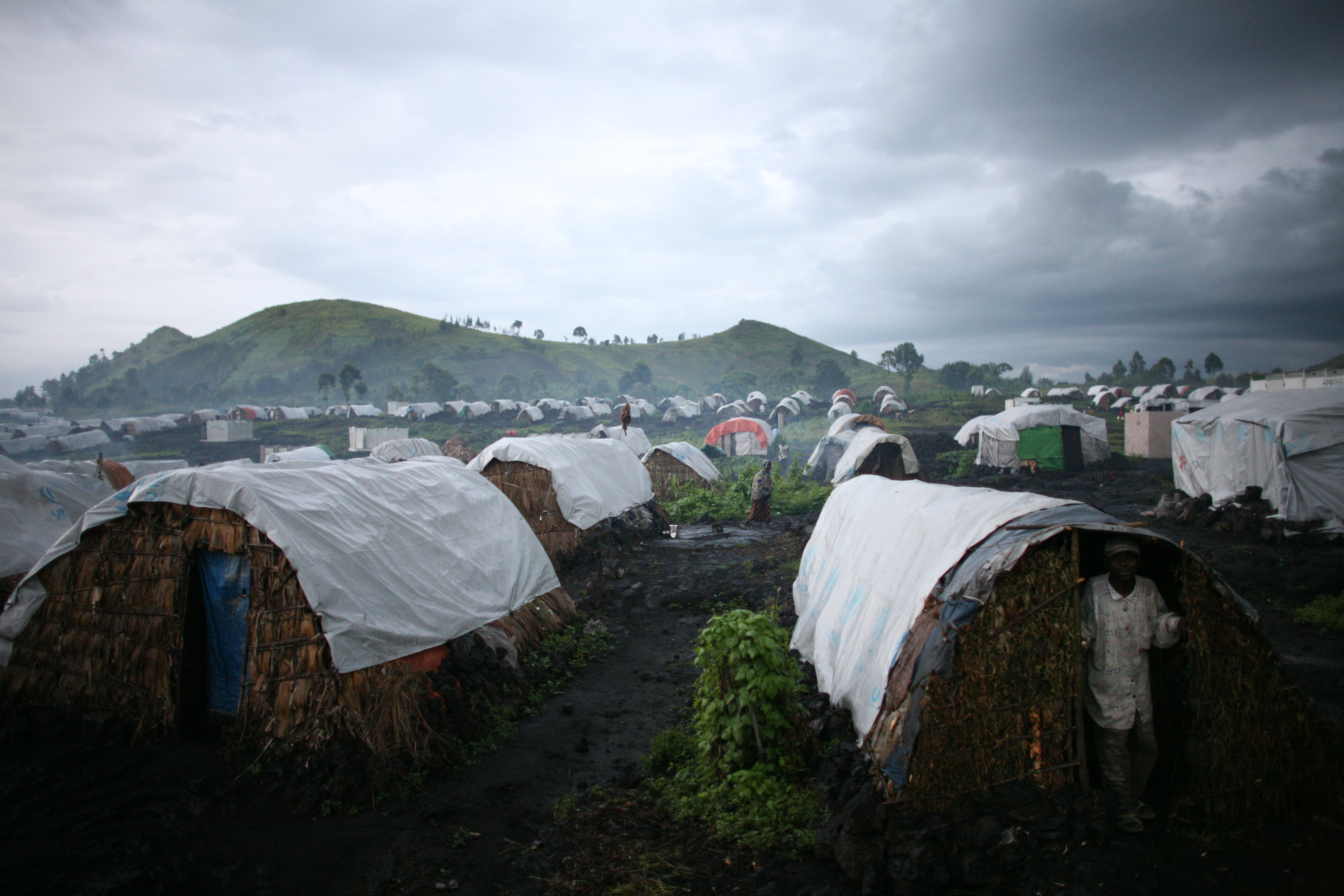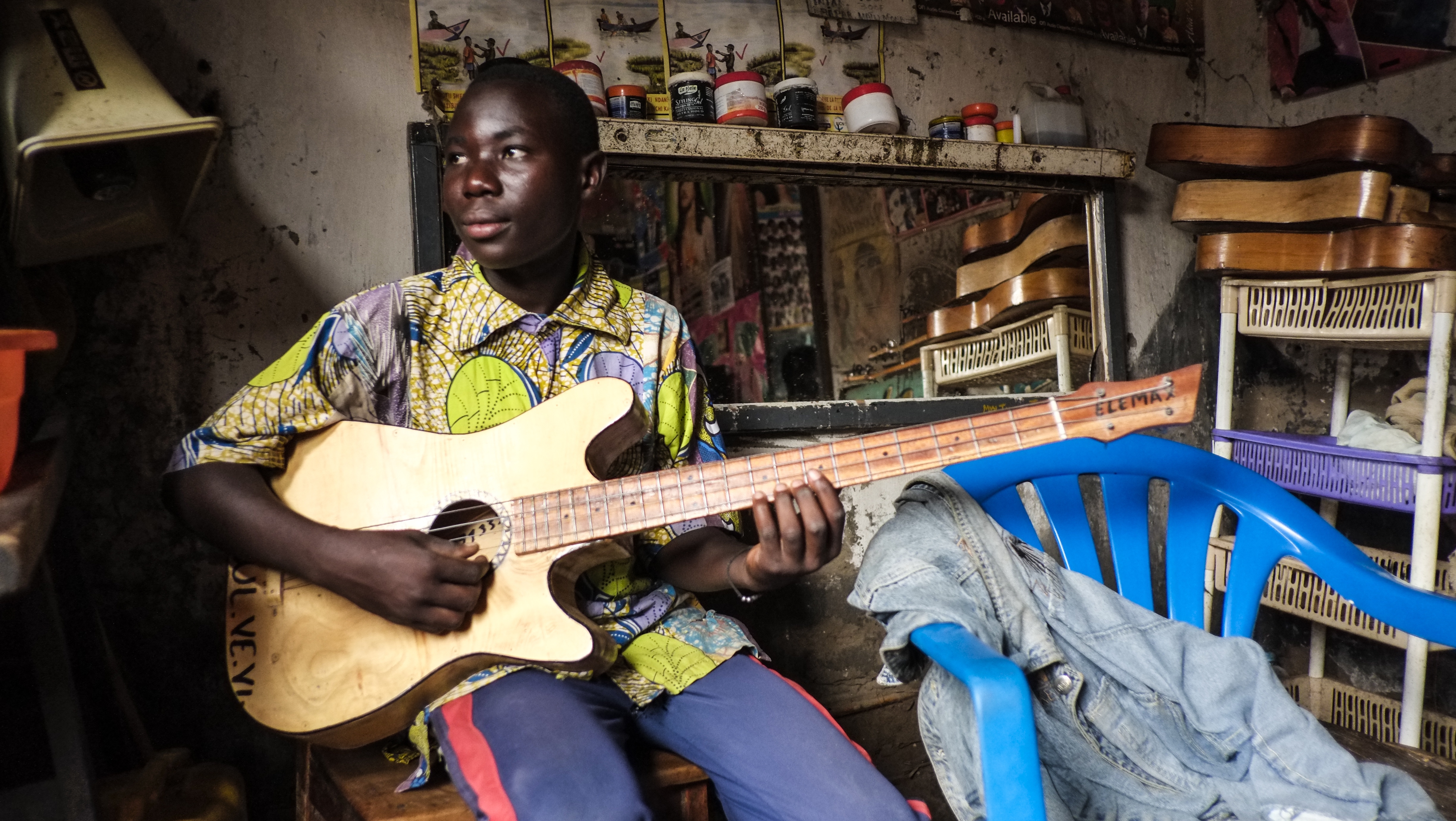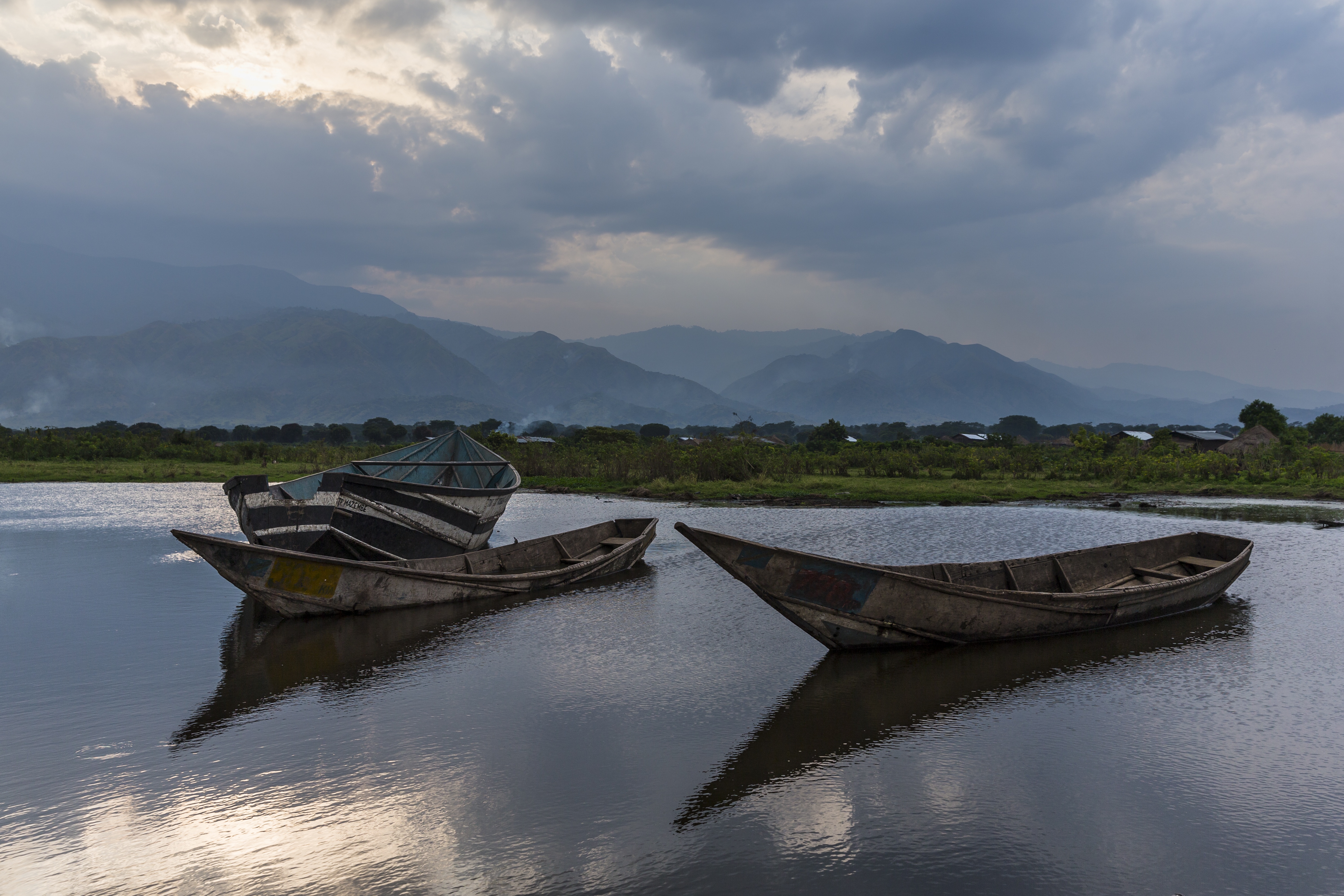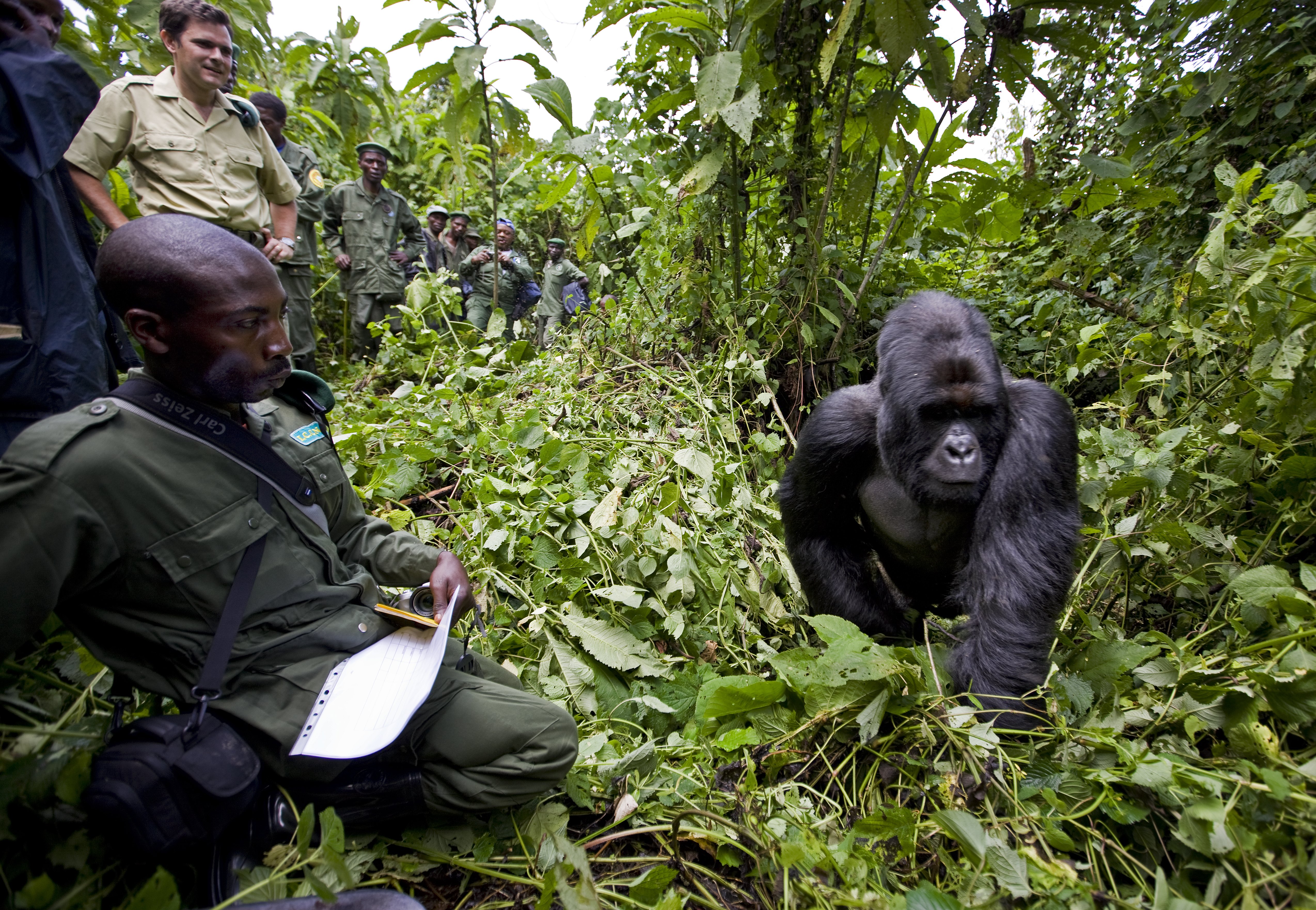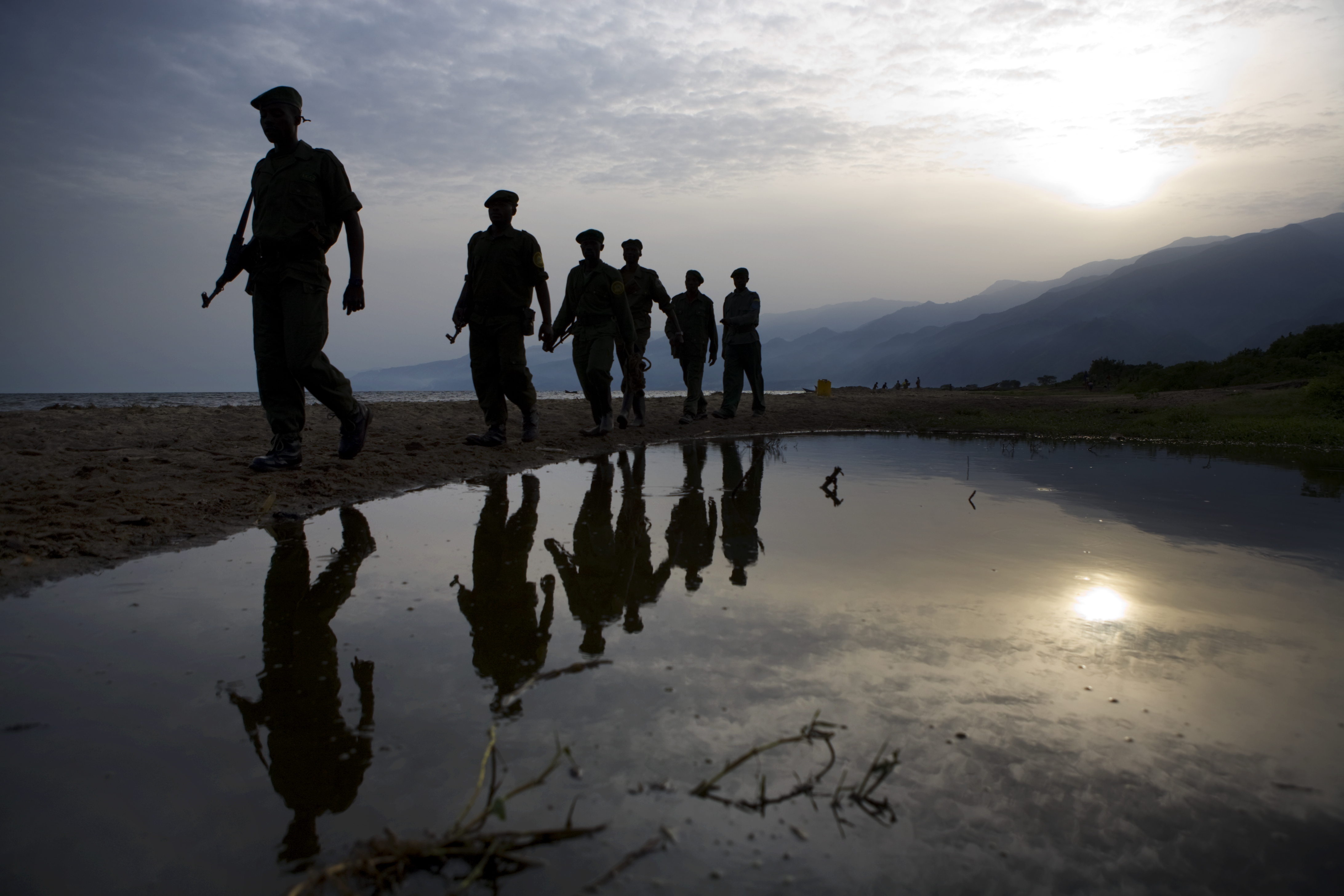
We here at Uproxx Life want you to travel. If you can just make it happen, we believe your life will be better for it. Sometimes adventures are death-defying exercises, others are just getaways to unwind from the frivolity of everyday life. Wherever you find yourself on the spectrum of world traveler, we hope to help.
With our new series of Uproxx Pocket Guides, we hope to provide the encouragement needed for you to go out and explore. Whether you only have a weekend to play with or are planning a year-long trek around the globe, our goal is to shine a light on places that deserve your attention. These aren’t meant to be comprehensive guides, more like movie trailers that will grab your attention and convince you to dig deeper.
***
Not all adventure is purely pleasant. Some adventures test your limits. The Democratic Republic of Congo is just such a place. War and the scars it has left behind on local communities have wrought havoc on the country. But if you look deeper, you’ll find a convivial, resilient people and an amazingly verdant landscape.
That’s not to say you have to search hard to discover the country’s magic: Flatlands to the west, savannas to the south, massive volcanoes to the east, and, in between, one of the largest jungles in the world. Flowing through that sea of green is the Congo River. So yes, beauty abounds, but the DRC is not for the faint of heart. This isn’t door-to-door resort travel. You won’t be able to avoid witnessing the widespread repercussions that our lust for disposable technology has created. You will see the scars — on the land and the people and you will come out a better person, and a more deeply caring traveler.
You can travel to the DRC as a tourist easily enough, but traveling as a volunteer and bringing some much needed money and support to the Congolese is a much smarter way to see the country. If you go, here are some things to expect:
FOOD
There aren’t a lot of food options in the DRC. Expect to eat a lot of stewed beans, roasted bananas, and a plentiful amount of Fufu. The giant white dumpling of cassava flour is the main staple of almost every meal. It fills the belly and gets you through the day. Stewed or barbecued goat and chicken round out most meals, when they’re available. When you’re near the sea, a river, or one of the great lakes, fish will be a staple. Generally, it’s baked or barbecued whole. Roadside farmers sell avocados, melons, onions, tomatoes, and the occasional chili or pumpkin. Most supermarkets are stocked from the Arab world, so don’t expect to see a lot of familiar products, though there are a few French supermarkets selling cheese and wine along with a lot of western liquor and beer. There are plenty of restaurants in the bigger cities. You can even get a decent pizza in Goma. Outside the cities, look for a shack with a pot of beans bubbling away and a farmer on the side of the road. One thing is for sure, if you’re into “local” and “seasonal,” you’ll have no trouble finding it.
https://www.instagram.com/p/BF9CywTlPHl/
DRINK
Outside of the main cities in the west, don’t expect a lot of running water. In the eastern part of the country, don’t expect any. The water is 100% not potable even if there is some coming from a tap. Drink bottled water and always check the lid to make sure it’s still sealed. This even applies to brushing your teeth — use bottled water only unless you’re in a big hotel. Beer, meanwhile, is pasteurized and safe. You might find Primus, the local brand, a little skunky. If so, you can opt for Guinness Export. Otherwise you have Fanta and Coke. Fruit juice is fairly popular and locals thrive on fresh milk. Milking cows roam pretty much everywhere. You can spend a few pennies on a jug, and whoever owns the cow will squeeze out fresh milk and boil it over the fire for you to carry away. It’s delicious if you’re into milk.
GEOGRAPHY
One of the most amazing aspects of the DRC is its almost untouched natural beauty. The oft-heard joke is that it would be the world’s number one eco-tourist destination if only it could get its sh*t together. That’s probably true. The amount of untouched and uncharted nature and jungle is tough to even fathom. You can travel for days and only scratch the surface of the Congolese jungle. With a lowland in the west, near the Atlantic, you’ll find a very temperate climate. As you head east into the jungle, everything changes. The air gets heavier and wetter. The gentle hills eventually turn into massive black pyramids. These rainforests are insanely diverse and deserve your attention.
There are six World Heritage sites in the DRC: Virunga National Park, Garamba National Park, Kahuzi-Biega National Park, Salonga National Park, and Okapi Wildlife Reserve. It is a wonderland for the adventurer looking for lands uncharted.
https://www.instagram.com/p/BGDYNZMgd98/
TRANSPORT
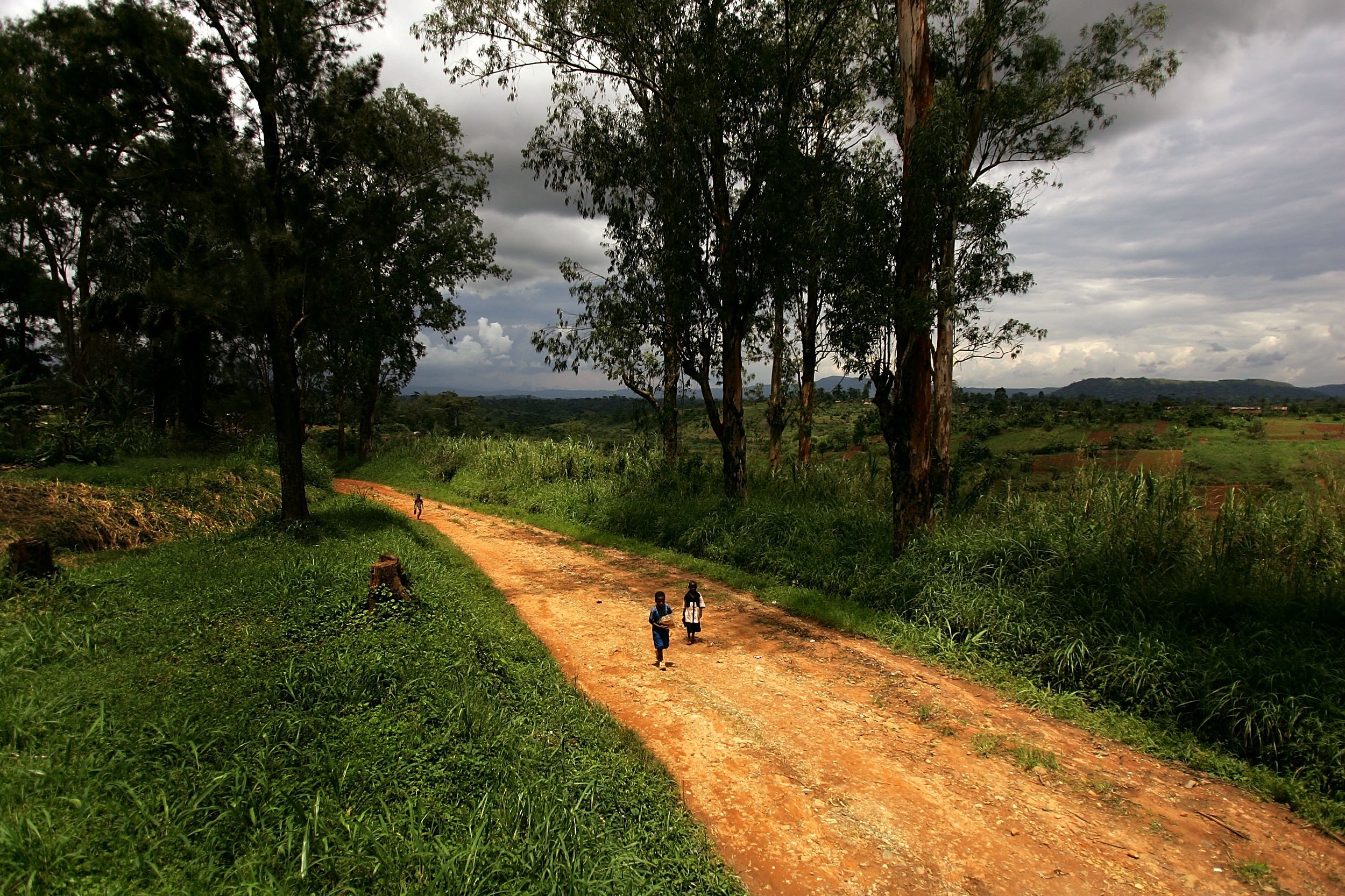
This is going to be a huge drawback (or a huge plus if you’re intrepid!). That road in that photograph is one of the good ones. There are no highways linking west and east. You have to fly. The roads that are in each region are only as good as the weather will allow. Often rutted or sloppy wet. Moreover, you can’t just drive around unsupervised outside of the cities. It’s just not safe.
Stick to the places you know you can go. Check in the UN when you get to places outside of Kinshasa. Seriously. Hire a guide and pay him well. He probably has children, nieces and nephews, and grandparents to feed. You can travel around pretty freely in the western part of the country if you’re with someone who is savvy of political situations. Expect to pay bribes at checkpoints to get through certain areas. It all may seem too much hassle. But it’s worth it to see a corner of the world untouched by tourism.
PEOPLE
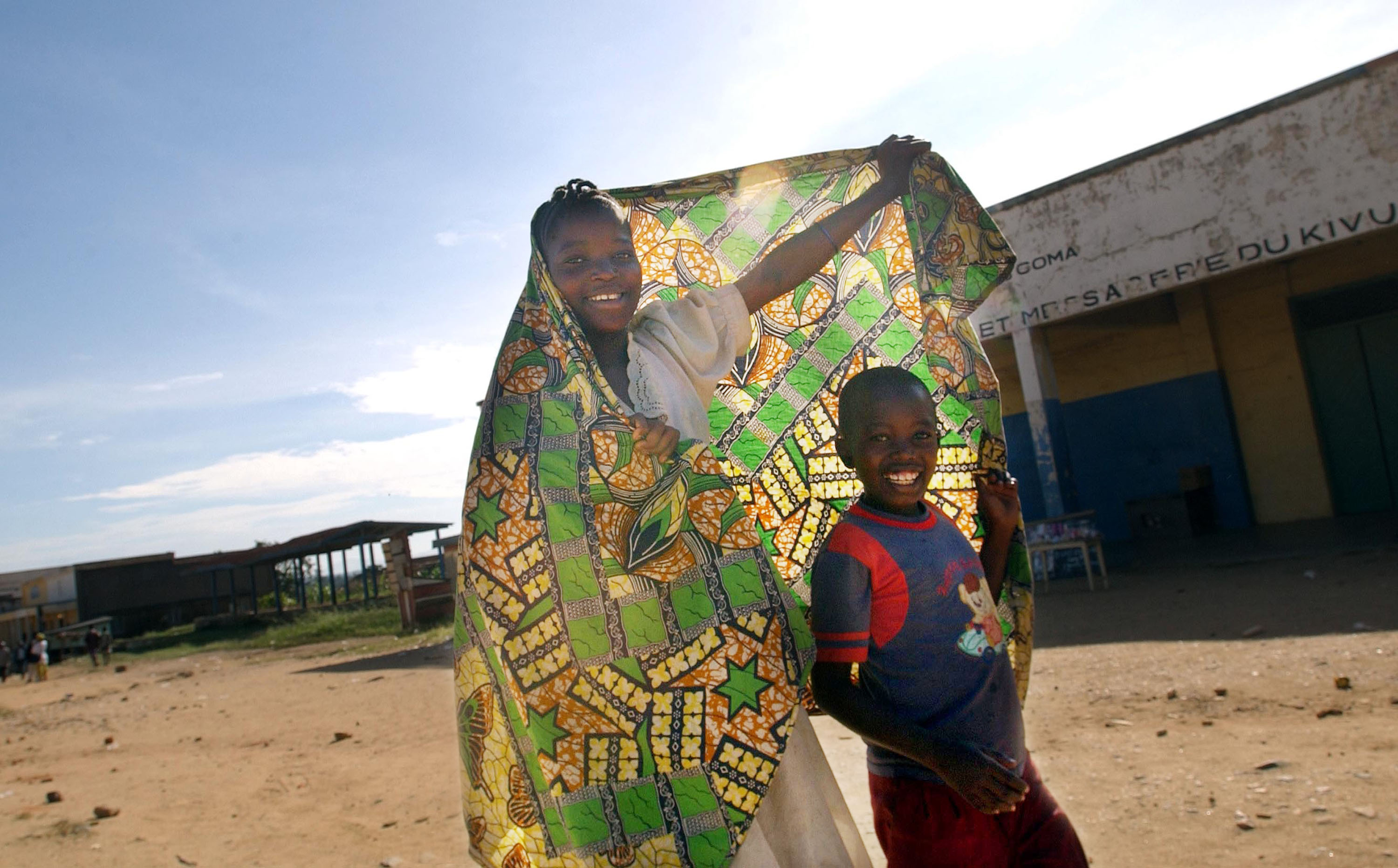
The highlight of a visit to the DRC is how welcoming and giving the people are. No matter where you go, someone always has an extra plate of beans and fufu. There is always a story to tell over a cold Coke or Primus, even in the IDP camps. The color of the clothes that the women wear brighten up the darkest of days. Once you travel far enough, you start to realize that some of the nicest, most welcoming people are those living in the toughest situations.
If you’re planning on going to the DRC, you ought to consider volunteering with local .orgs. Don’t expect to do critical work within your skill set. Paint a school AND pay for the paint. Help a local class with their English pronunciation. It’s not about you.
https://www.instagram.com/p/BGFjCCLnzpD/
WORTH THE SPLURGE
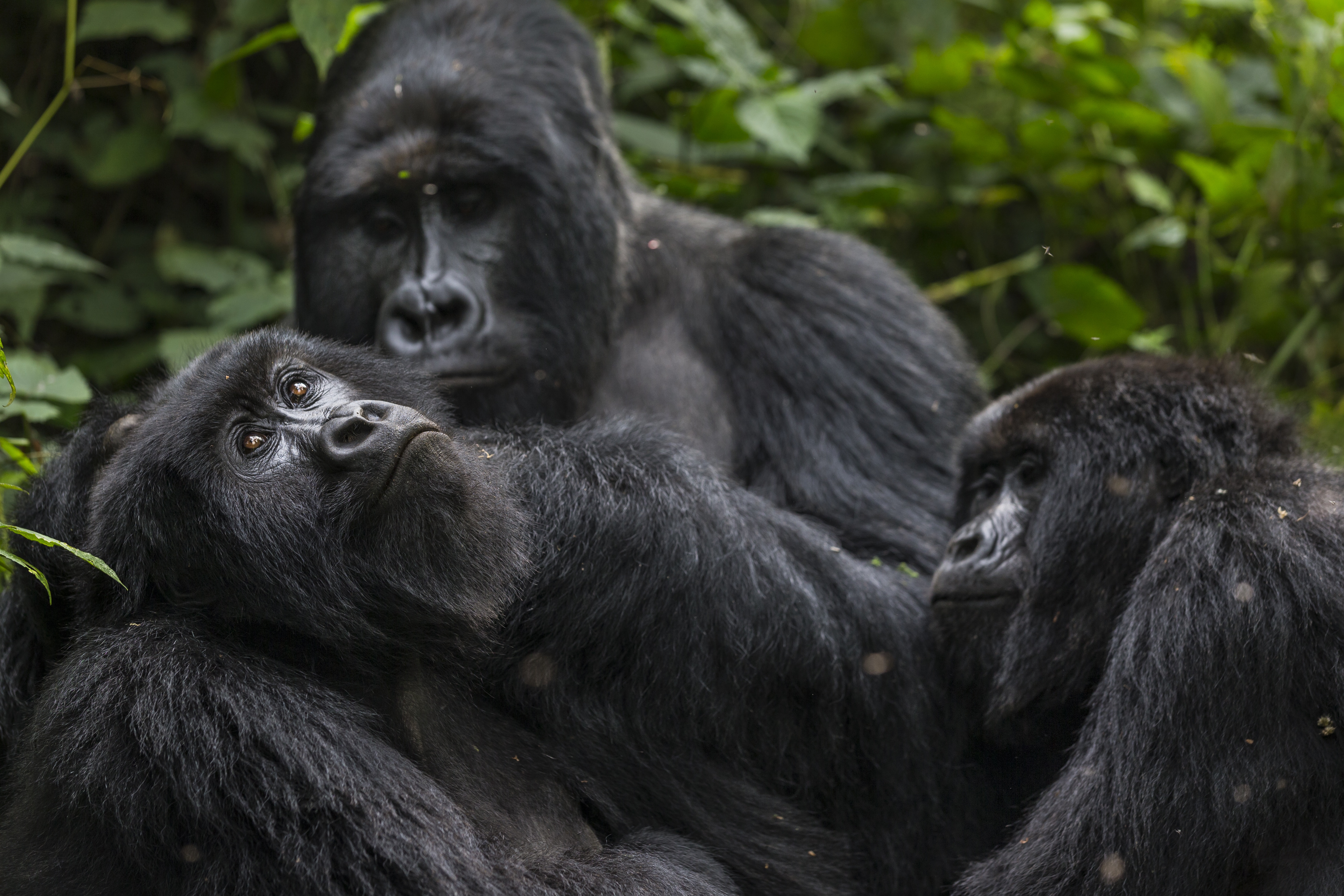
Virunga National Park is one of the few places on Earth to see endangered Mountain Gorillas in the wild. There are less than 900 left in the world and many of them are in Virunga. Treks generally leave from Goma and head up the volcanic hills. Expect to pay $150 to $300 for the honor of seeing these wild beasts in their last refuge — it’s so worth it. Also expect to be escorted by armed park rangers. There are radical soldiers in the mountains sometimes, so keep an ear to the ground. It is shocking how close you’ll be allowed to get to the gorillas. Literally close enough to touch them. P.S. Don’t touch them!
Aside from the gorillas, the DRC also offers an opportunity to see the only orgy of Bonobos worldwide (what an odd collective noun). These gentle primates are unique to a single area, and that area is in the DRC.
More photos from Democratic Republic of Congo:
